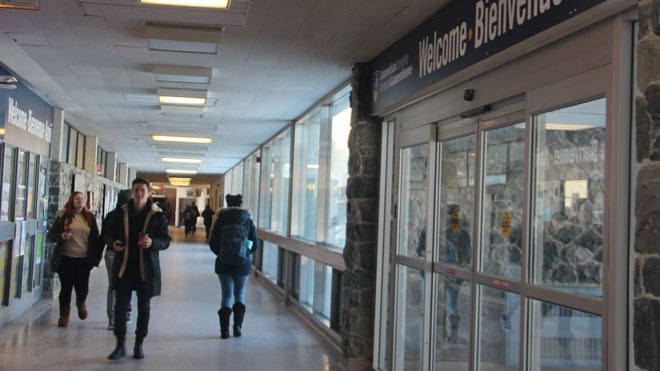The full story of the tragic decline of Laurentian University in Sudbury has yet to be told. But what seems fairly obvious is that a lack of proper oversight combined with gross financial mismanagement pushed the institution over the edge.
Other institutions might have had the financial resilience to overcome such grave errors. Unfortunately, universities in Northern Ontario are stuck between a rock and hard place. They are being pushed to the brink by a combination of underfunding, swings in government policy, and significant demographic challenges.
Successive provincial governments have funded Ontario university students at a rate lower than every other province. A smaller and smaller portion of university education is paid from the public purse while, at the same time, the current government has frozen tuition rates and cut grants. Queen’s Park has divested more and more of the onus for expenses and revenue to individual institutions but has also curtailed their ability to locate a fair and sustainable market price. In other words, they want universities to take all of the responsibilities of a private corporation while still being subject to the burdens of public regulation. Between a rock and a hard place.
Relatedly, all universities have great difficulty planning for the future because, at any given time, the government may rearrange all of the playing pieces on the board.
Deep cuts to teachers' education funding and sudden shifts to how and where nurses are trained are among the more recent policy changes that have stymied even the best-laid plans. One government calls on universities to provide better access to first generation and indigenous students only for the next government to walk away from that commitment, leaving universities holding the bag. While larger institutions may be able to navigate these changes or swallow the loss, smaller and more specialized universities take these hits hard. Between a rock and hard place.
These burdens weigh more heavily on universities in Northern Ontario because they are smaller and further away from the growing populations to the South.
The quality of undergraduate education at a small university is excellent. Professors interact with students directly, actually teaching them and grading their work, rather than shuffling these tasks off to an inexperienced graduate student. It is understandable why parents often prefer to send their children to a campus closer to home, yet there are thousands of students each year who choose a post-secondary education in Ontario's North.
Considering this context, and just like major infrastructure and industrial projects in the North often require distinct planning and investment, so to do the universities of Northern Ontario. But, with fewer voters and thus less influence in Toronto, such calls most often go unheeded by our political leaders. Between a rock and a hard place.
Nipissing University, for one, has been a good actor. When faced with a financial setback due to government policy changes, we cut costs, laid off dozens of hard-working employees, restructured, developed new programming, and set out to responsibly attract high-paying international students. Right now, our enrollments are set to grow, and our costs are stable (e.g., Nipissing professors are among the lowest paid in the province) but, in order to flourish, we need to get out from under this rock and a hard place.
David Edward Tabachnick is a professor political science at Nipissing University.
